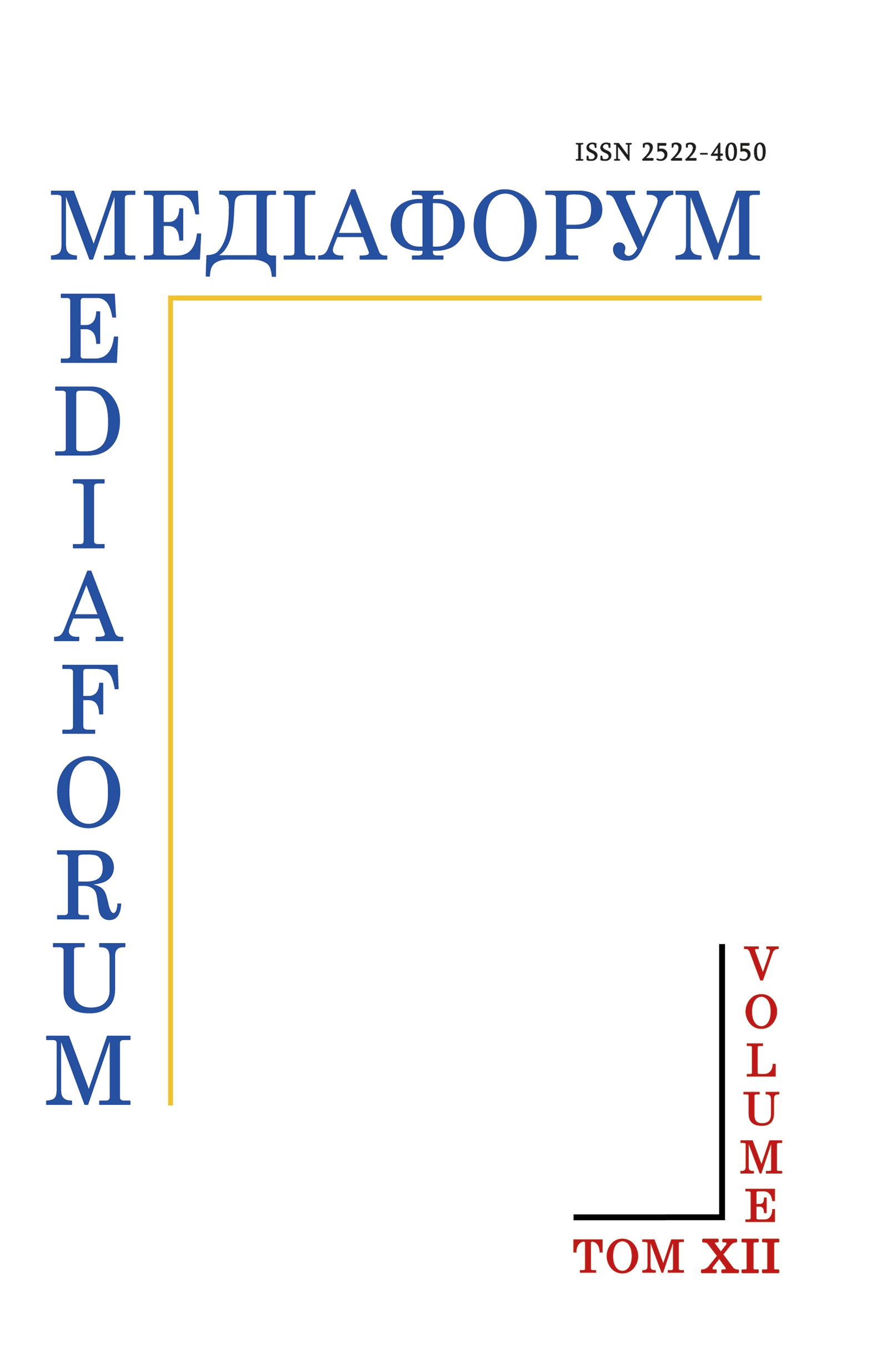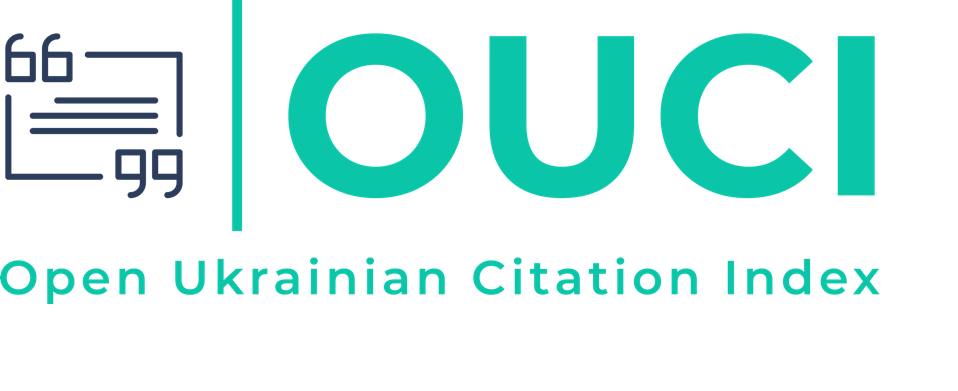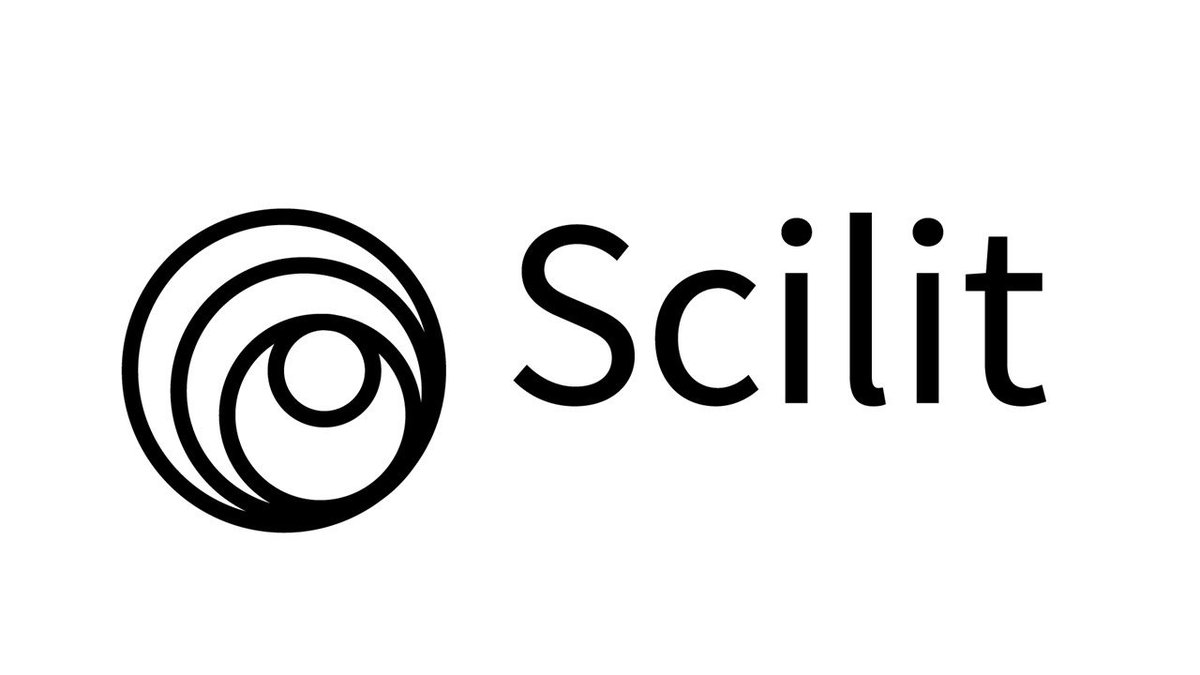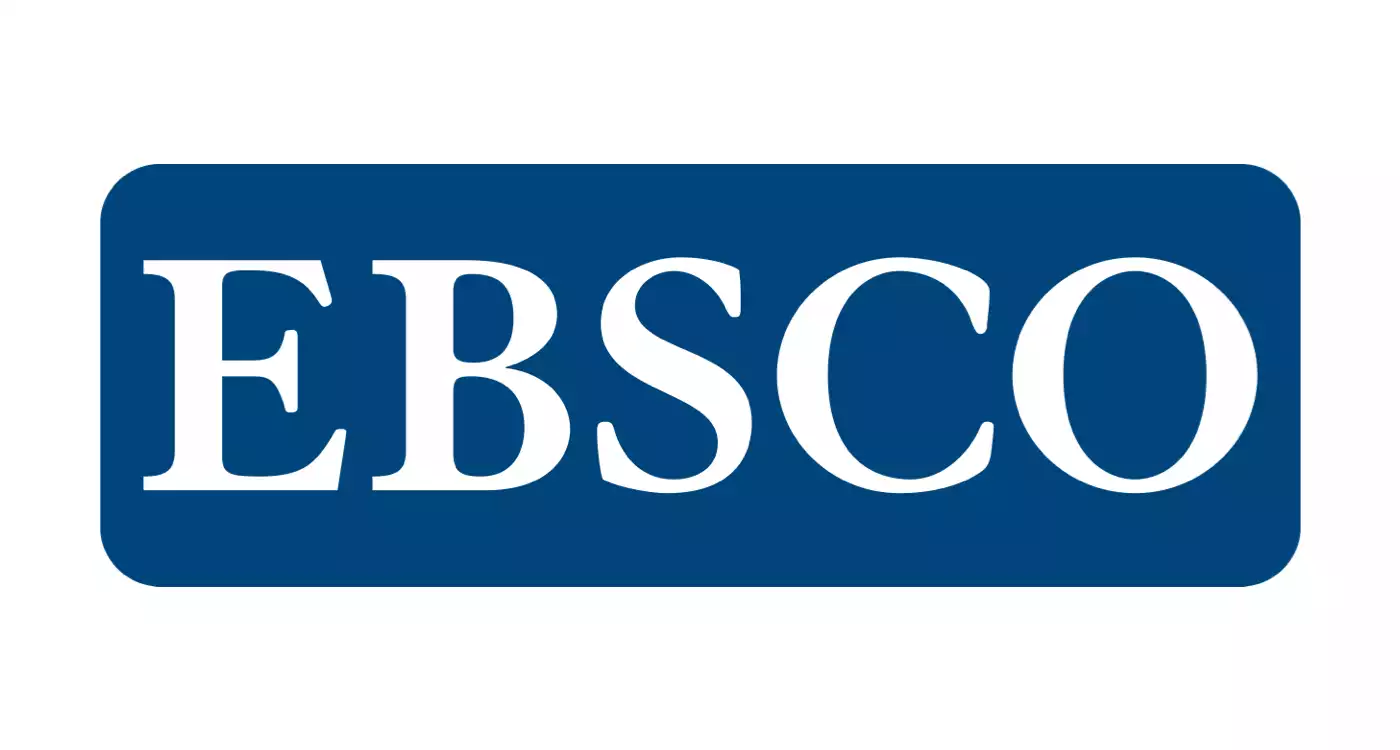Al-Qaeda’s Activities on the Internet: Forms, Types and Tools
DOI:
https://doi.org/10.31861/mediaforum.2023.12.215-229Keywords:
social media, terrorist organizations, media terrorism, media content, al-QaedaAbstract
The article is devoted to the analysis of the media content of one of the largest international terrorist organizations - Al-Qaeda in the context of the strengthening of media terrorism in the modern globalized world.
Researchers state that, like the Islamic State (IS), Al-Qaeda relied on
the effective use of social media in its activities: recruitment of terrorist supporters, calls for terrorist attacks, propaganda of brutality and violence. Al-Qaeda has developed a successful media strategy directed against the countries of the Western world, mainly against the United States. At the same time, al-Qaeda’s information operations against the West, organized in the digital space, have not achieved the same resonance as IS. They were mainly aimed at highlighting the weaknesses of the states of the Western world.
The main areas of use of social media by Al-Qaeda are: propaganda of terrorism, intimidation, operational planning and coordination of terrorist acts, recruitment and training of supporters, collection of intelligence data and targets, financing of maintenance.
Downloads
References
Chomu IDIL prodovzhuie isnuvannia: terorysty buduiut mediaimperiiu. 2020. 24 Kanal. https://24tv.ua/idil-teroristi-zalyakuyut-svit-cherez-media-ta-sotsmerezhi_n1429314
Karpchuk N.P. 2020. «Initsiatyvy Yevropeiskoho Soiuzu v borotbi z propahandoiu teroryzmu». Politychni nauky 2: 15-20. https://science.lpnu.ua/sites/default/files/journal-paper/2020/nov/22649/
Mazur Pshemyslav, i Anna Netreba. 2020. «E-dzhykhad. Informatsiina borotba Al-Kaidy y Islamskoi derzhavy na «Stezhtsi Boha»: vybrani pryklady». Mizhnarodni vidnosyny, suspilni komunikatsii, rehionalni studii 1: 81-93. https://relint.vnu.edu.ua/index.php/relint/article/view/130/115
Parfeniuk I.M. 2020. «Informatsiinyi teroryzm yak novitnii zasib informatsiino-psykholohichnoho vplyvu». Digital media: stanovlennia novitnoi komunikatsii: kolekt. monohrafiia. Kyiv: Vyd. tsentr KNUKiM, 107-119. http://kzgizh.knukim.edu.ua/images/nauka/kolektyvna-monohrafiia_digital-media-stanovlennia-novitnoi-komunikatsii.pdf
Rezolyutsiya 2161. 2014, prinyataya Sovetom Bezopasnosti na yego 7198-m zasedanii 17 iyunya 2014 goda. URL: https://documents-dds-ny.un.org/doc/UNDOC/GEN/N14/433/00/PDF/N1443300.pdf?OpenElement
Veimann, Habryэl. 2006. Spetsdoklad № 116. Kak sovremennыe terrorystы yspolzuiut Ynternet, 3 zhovtnia 2006 r. Ukrayna krymynalnaia. URL: https://cripo.com.ua/likbez/p-24673/
Abdul Mohsen Abdallah Ibrahim al Charekh. 2014. United Nations Security Council. URL: https://www.un.org/securitycouncil/sanctions/1267/aq_ sanctions_list /summaries/individual/abdul-mohsen-abdallah-ibrahim-al-charekh
Alarid, Maeghin. 2016. Recruitment and Radicalization: The Role of Social Media and New Technology. PRISM. National Defense University: 313-329. https://cco.ndu.edu/Portals/96/Documents/books/Impunity/CHAP_13%20Recruitment%20and%20Radicalization.pdf?ver=2017-01-19-102815-587
Callahan, Grace. 2017. «Attacking ISIL on Twitter: Addressing Ethical Responsibility in the Weaponization of Social Media». Intersect 10, № 2. https://ojs.stanford.edu/ojs/index.php/intersect/article/view/975
Europol. 2022. Online Jihadist Propaganda 2021 in review, Publications Office of the European Union, Luxembourg. https://www.europol.europa.eu/cms/sites/default/files/documents/Online_Jihadist_Propaganda_2021_in_review.pdf
Gambhir, Harleen. 2016. The Virtual Caliphate ISIS’s Information Warfare. The Institute for the Study of War, December 2016. https://www. understandingwar.org/sites/default/files/ISW%20The%20Virtual%20Caliphate%20Gambhir%202016.pdf
Harrington, Jake and Thompson, Jared. 2022. Zawahiri’s Death and What’s Next for al Qaeda. CSIS. August 4, 2022. https://www.csis.org/analysis/zawahiris-death-and-whats-next-al-qaeda
Hoffman, Bruce. 2006. The Use of the Internet by Islamic Extremists. RAND Corporation. https://www.rand.org/content/dam/rand/pubs/testimonies/2006/RAND_CT262-1.pdf
Holbrook, Donald. 2017. The Islamic State And Ayman Al-Zawahiri’s ‘Alternative Jihad’. Centre for Research and Evidence on Security Threats (CREST). https://crestresearch.ac.uk/comment/ayman-al-zawahiri-jihad-holbrook/
Jenkins, Brian Michael. 2006. Unconquerable Nation: Knowing Our Enemy Strengthening Ourselves. RAND Corporation. https://www.rand.org/pubs/monog raphs/ MG454.html
Michael George. 2013. «The New Media and the Rise of Exhortatory Terrorism». Strategic Studies Quarterly 7, No. 1: 40-68. https://www.jstor .org/stable/10.2307/26270575
Sutton, Jane. 2008. «Guantanamo Yemeni claims al Qaeda’s «best» video». Reuters. October 29, 2008. https://www.reuters.com/article/us-guantanamo-hearings-idUSTRE49R5OZ20081029
Weimann, Gabriel. 2004. «How Modern Terrorism Uses the Internet». The United States Institute of Peace. Special Report 116 march 2004. URL: https://www.usip.org/sites/default/files/sr116.pdf
Without internet, phone, Osama depended on couriers: NYT. 2011. DECCAN HERALD. https://www.deccanherald.com/content/159825/without-internet-phone-osama-depended.html















